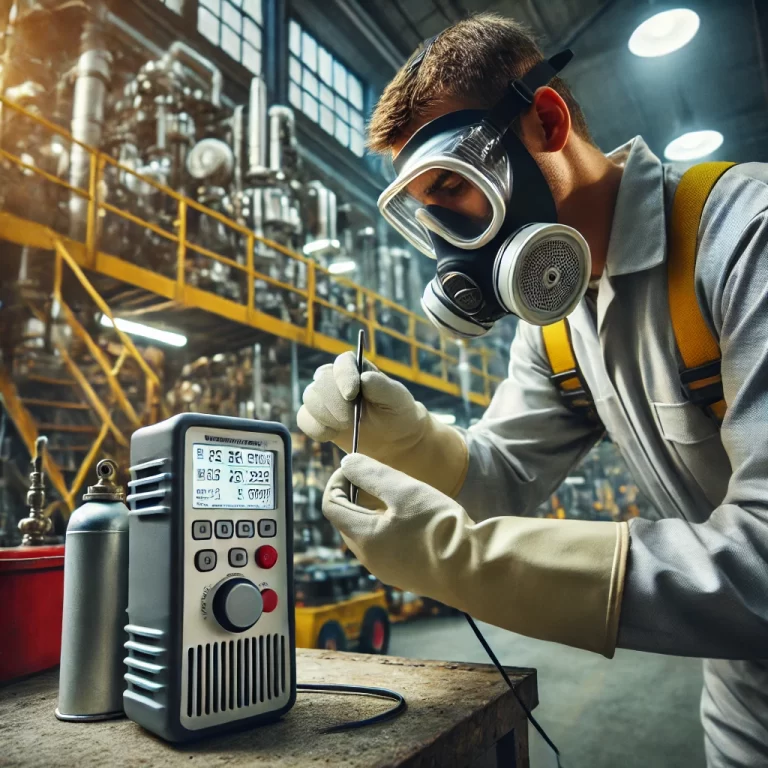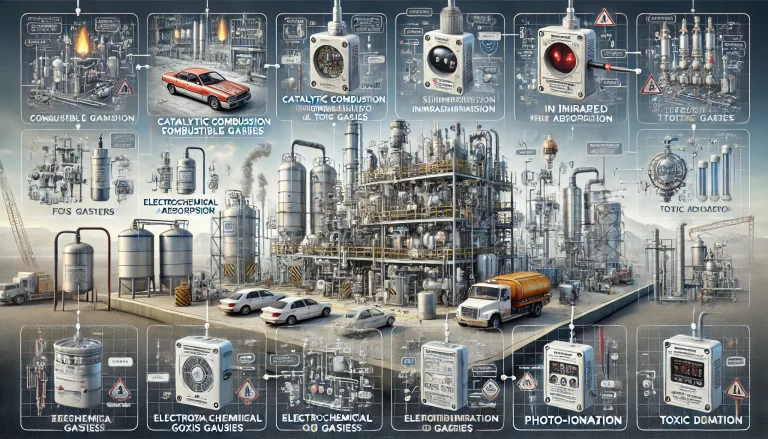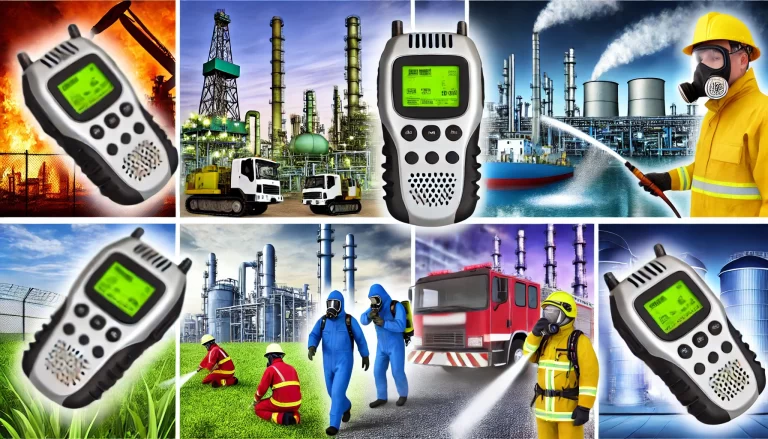Combustible gas detectors typically utilize catalytic combustion, infrared absorption, or thermal conductivity sensors. Due to continuous exposure to environmental factors and operational usage, sensor sensitivity may gradually decrease or become damaged over time, necessitating regular calibration to maintain accuracy and reliability.
Calibration of combustible gas detectors generally involves two main processes: zero-point calibration and span (indication) calibration. Below are detailed instructions for both procedures:

1. Zero-Point Calibration
Zero-point calibration is necessary if the detector, after powering on and stabilizing, does not display a zero reading in a gas-free environment.
Calibration Steps:
Provide zero-point gas, typically clean ambient air or nitrogen gas with purity ≥99.99%.
Connect the zero gas through a flow controller and adjust the gas flow to approximately 500 mL/min.
For pump-suction type detectors, ensure excess gas is safely discharged through a bypass line to prevent pressure buildup.
For diffusion-type detectors, install the calibration cap provided by the manufacturer.
Once the reading stabilizes, follow the specific instructions provided in the detector’s operation manual to adjust the display value to zero.

2. Span (Indication) Calibration
After completing zero-point calibration, perform span calibration to ensure accurate indication of gas concentration.
Calibration Steps:
Connect the detector to a certified standard gas with a known concentration as indicated by the detector’s manual.
Use a flow controller to supply the standard gas at a controlled flow rate of approximately 500 mL/min.
Ensure excess gas exits through a bypass line when using pump-suction detectors.
Once the displayed value stabilizes, check if the displayed gas concentration differs significantly from the certified standard gas value. If the difference exceeds permissible limits, follow the instructions in the detector’s operation manual to adjust the indication accurately to match the standard gas concentration.
Special Notes on Zero-Point Calibration
After powering the main control unit, the combustible gas detector’s LCD panel will display the combustible gas content around the sensor probe. In an environment free from combustible gases, the detector’s reading should indicate 0% LEL (Lower Explosive Limit), and the output signal should correspond to 4mA. If this is not the case, adjustments should be made to achieve these specified conditions.

Important Reminders:
Detector commissioning should be performed under the supervision of qualified technical personnel.
After the initial installation and calibration, the detector settings must not be modified or components replaced arbitrarily. If necessary, adjustments should only be conducted under expert guidance and according to standard procedures.
According to the national standard GB 15322.2—2003, combustible gas detectors require calibration every six months under normal operating conditions. However, if the detector shows no physical damage or operational abnormalities, calibration intervals may be extended up to one year.
